As part of The Bone Dragon blog tour, I’m pleased to welcome debut author Alexia Casale.
I am so excited to be part of this brilliant project: so excited I started writing immediately and only then realised how difficult it was going to be. There are just too many books that I want to talk about… and many aren’t YA to anyone except me!
To me, Great Expectations is a YA book, partly because in my head I always compact the timeline as if the adult sections happens when he’s about 17-18 and partly because it was a story I kept coming back to as a teenager. Anne Tyler’s Celestial Navigation was even more important to me as a teenager. It haunted me, opening up my reading and writing horizons: this was the book that made me realise I wanted to write about psychological issues and that, to do so, I needed to study Social Sciences rather than English or Classics at Uni. LP Hartley’s The Go-Between confirmed these thoughts, so those two books changed the course of my life.
Meanwhile, there were a raft of children’s and YA books that meant a lot to me for a short, intense period of time: The Secret Garden, Ronia the Robber’s Daughter, Susan Cooper’s The Dark is Rising, Pullman’s The Ruby in the Smoke, SE Hinton’s The Outsiders, Ursula Le Guin’s Wizard of Earthsea, the Harry Potter series… There are so many recent books I wish I’d known about as a teenager: somehow YA seemed to pass me by and, like many people, I went straight from children’s classics to adult novels. In any case, I think a lot of adult books could easily be counted as YA and vice versa: many are written for people of a certain minimum level of maturity, rather than for a specific age group. That was certainly the case with The Bone Dragon.
After a certain point, it all starts to run together, which is what I found so difficult about this post and why I had to mention The Go-Between and Celestial Navigation. Those are the key books of my YA years… Picking books from that period that are actually YA was really hard. In the end I chose books that have stayed with me. I’m a very slow reader so I rarely re-read anything: I would love to but there are so many books I’d never read at all if I did! Anyway, these are a handful of the ones I dip in and out of for comfort or nostalgia. They’re not necessarily my favourites, but they were each important in their own way.
Diana Wynne Jones: especially Howl’s Moving Castle & Deep Secret
Howl’s Moving Castle is about a fire demon, a cursed witch-in-denial, and a wizard who is just impossible. Deep Secret is largely set at a sci-fi/fantasy convention and is peopled by characters who are thoroughly difficult. It’s so hard to pick only two of DWJ’s books: almost all are wonderful and she remains one of my favourite writers. She’s funny, imaginative, and she can ‘draw’ a believable, complex character with amazingly few words. It’s so easy to love the people in her books: I am still amazed at how effortlessly she engages me. As a writer, I would love to learn this trick. Part of it is that she plays very skilfully with stereotypes and archetypes… something I’m hoping to write an article on later this year.
Georgette Heyer: The Reluctant Widow
Historical mystery romance, often unfairly dismissed merely as ‘period romance’ when the historical detail is actually very well done. Out of all of Heyer’s books, this has my favourite cast of characters. The ‘villain’ is particularly fine. But there’s also murder, a treasure hunt, espionage, a secret passage, sibling rivalry and a crumbling estate. I first read this during a particularly miserable bit of my teens and it was just what I needed. Sometimes that is as important as the content of a book.
Ellis Peters: Death Mask
When his father is killed in an accident at an archeological site, Crispin is set to live with the mother he hardly remembers. Some of this light murder mystery is very dated, but I never had a problem looking past that to the fact that the teenage protagonist was very like me in many ways: occupied with very different concerns from his peers. An isolated, independent, only child, Crispin spends much of his time reading and disappearing off on his own affairs. But most importantly, with Crispin what’s on the outside doesn’t match what’s was on the inside at all… some of which is purposeful and some of which isn’t. I a lot of my teens trying to figure out why no one seemed to see who I was and why people were always misunderstanding me. It took me ages to work out that often my behaviour didn’t match up to emotions in quite the same way as most other people’s. Once I twigged, I started learning how to ‘translate’ myself so people could get to know me. In the meantime, it was huge comfort to see that I wasn’t the only person in the world to have that problem. Plus I loved that Crispin could read Greek and Latin classics in the original: I figured I would know how to talk to a boy like that, whereas I still don’t know how to talk to boys who like football and fast cars.
Violet Needham: The Black Riders series & The Woods of Windri
I loved the independence of Needham’s characters: children and teenagers managing their own lives and taking responsibility for their choices on the adult stage. Although the books have dated in many ways, her wonderful stories haven’t, particularly as regards the complexities of loyalty and conviction.
Tolkein: The Lord of the Rings & The Silmarillion
I went through a huge classic epics phase in the middle of my teens, and coming to The Silmarillion felt like looking at a blueprint for using character and narrative archetypes myself. Whatever you think of The Lord of The Rings as a complete work, the world-building is fantastic. As a writer, it made me think about what I did want to build in my imagination and what I wanted to talk to readers about. For a while, I thought I might want to do my own Tolkien thing, but the more I thought about it, the more I realised I wasn’t interested in putting such a vast creation down on paper: I wanted to leave more space for readers to world-build. That was such an important realisation about my own goals as a writer. The other thing I love about Tolkien’s work is the scope of the narrative. Learning to recognise and admire it while recognising that my work was going to be very different helped shape my understanding of how to go about fulfilling my writing ambitions. My favourite aspect is what Tolkien has to stay about civilisations changing and, sometimes, fading: for me, these bits are especially powerful considering his experiences as a young man during WWI. Plus the story of the Black Riders and the Gollum and the Ring are just terrifying: so brilliantly done. It may well be these stories that first showed me how important the history behind the story you want to tell is.
Geoffrey Trease: Cue for Treason
The start of my love of historical fiction, cemented by Georgette Heyer’s books and Josephine Tey’s wonderful Daughter of Time. How can you not love a book about a Shakespearean theatre company where what happens on stage mirrors the lives of the characters? Full of drama, plots, secrets and romance, it’s a great story that brings many aspects of the period brilliantly to life. And it has a fantastic heroine who is more than equal to the boys (as it should be).
Thank you Alexia for adding even more books to my TBR list!
The Bone Dragon is published this month by Faber and Faber.
To find out more about Alexia Casale:
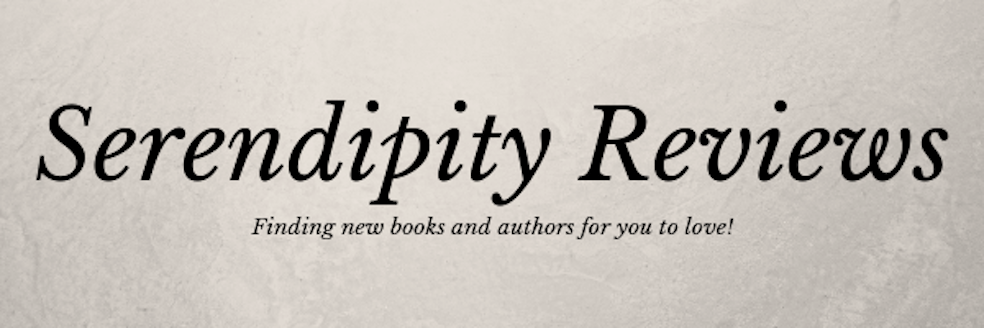
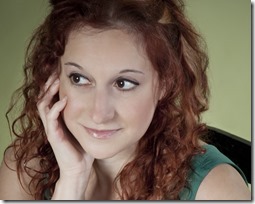

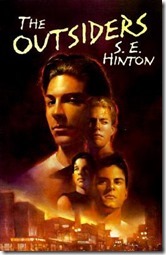
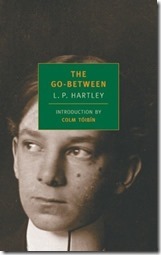
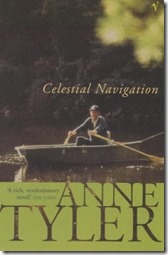
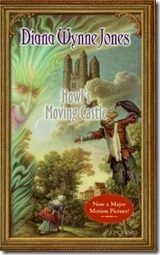


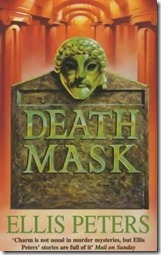
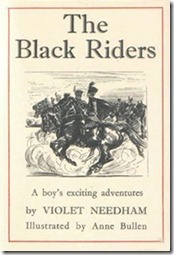
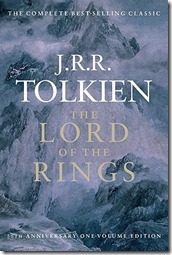

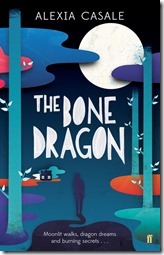
No comments:
Post a Comment
Hiya, thanks for stopping by, it is always nice to hear what you have to say, so do leave a comment if you have time.